
Description
Real-time clocks (RTC), as the name recommends are clock modules. The DS1307 real-time clock (RTC) IC is an 8 pin device using an I2C interface. The DS1307 is a low-power clock/calendar with 56 bytes of battery backup SRAM. The clock/calendar provides seconds, minutes, hours, day, date, month and year qualified data. The end date of each month is automatically adjusted, especially for months with less than 31 days. They are available as integrated circuits (ICs) and supervise timing like a clock and also operate date like a calendar. The main advantage of RTC is that they have an arrangement of battery back up which keeps the clock/calendar running even if there is a power failure. An exceptionally little current is required for keeping the RTC animated. We can find these RTCs in many applications like embedded systems and computer motherboards, etc. In this article, we are going to see one of the real-time clock (RTC), i.e. DS1307. Pin Description of DS1307: Pin 1, 2: Connections for standard 32.768 kHz quartz crystal. The internal oscillator circuitry is intended for operation with a crystal having a specified load capacitance of 12.5pF. X1 is the input to the oscillator and can alternatively be connected to an external 32.768 kHz oscillator. The output of the internal oscillator, X2 is drifted if an external oscillator is connected to X1. Pin 3: Battery input for any standard 3V lithium cell or another energy source. Battery voltage should be between 2V and 3.5V for suitable operation. The nominal write-protect trip point voltage at which access to the RTC and user RAM is denied is set by the internal circuitry as 1.25 x VBAT nominal. A lithium battery with 48mAhr or greater will backup the DS1307 for more than 10 years in the absence of power at 25ºC. UL recognized to ensure against reverse charging current when utilized as a part of conjunction with a lithium battery. Pin 4: Ground. Pin 5: Serial data input/output. The input/output for the I2C serial interface is the SDA, which is the open drain and requires a pull-up resistor, allowing a pull-up voltage to 5.5V. Regardless of the voltage on VCC. Pin 6: Serial clock input. It is the I2C interface clock input and is used in data synchronization. Pin 7: Square wave/output driver. When enabled, the SQWE bit set to 1, the SQW/OUT pin outputs one of four square-wave frequencies (1Hz, 4 kHz, 8 kHz, and 32 kHz). This is also an open drain and requires an external pull-up resistor. It

















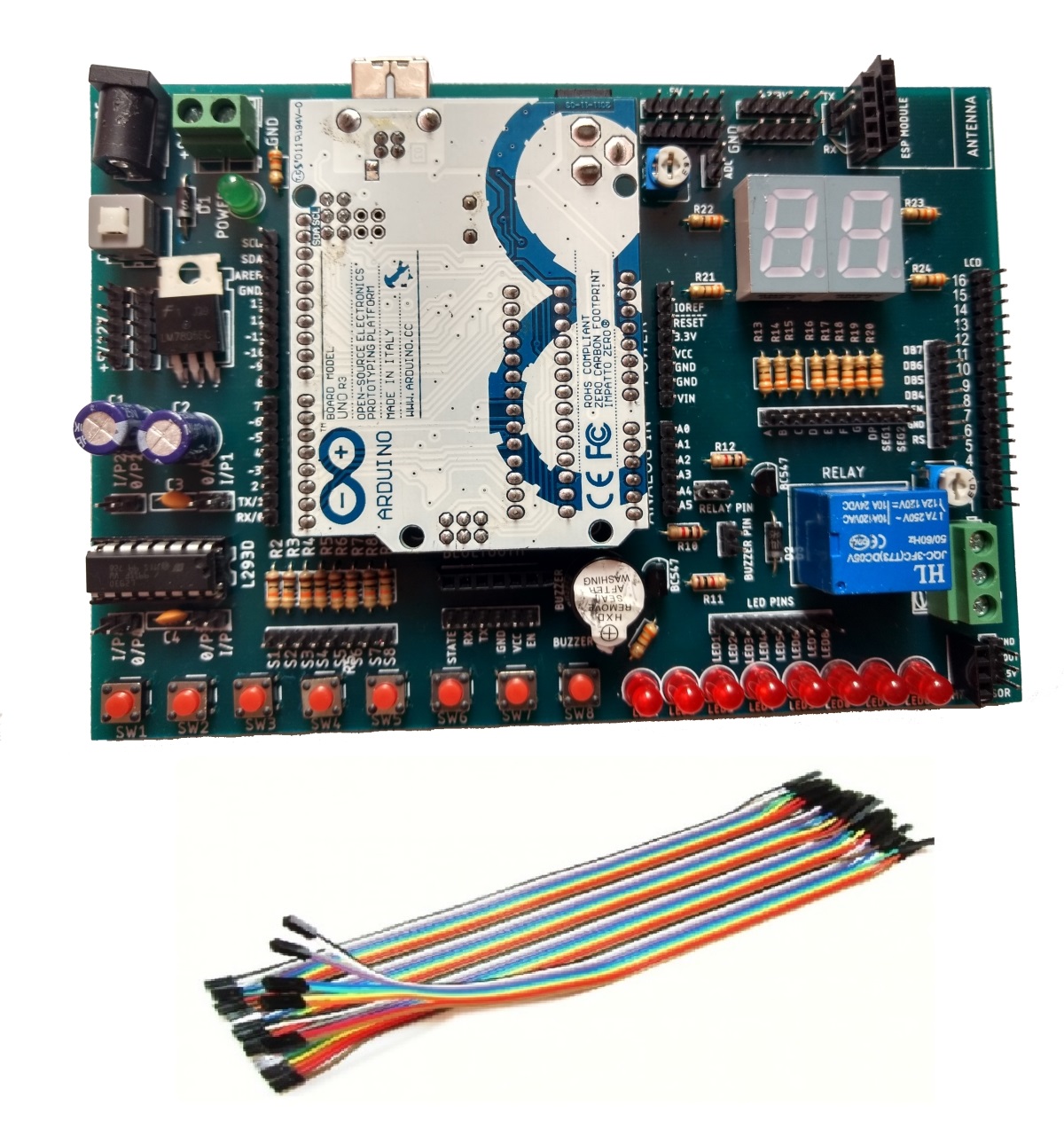
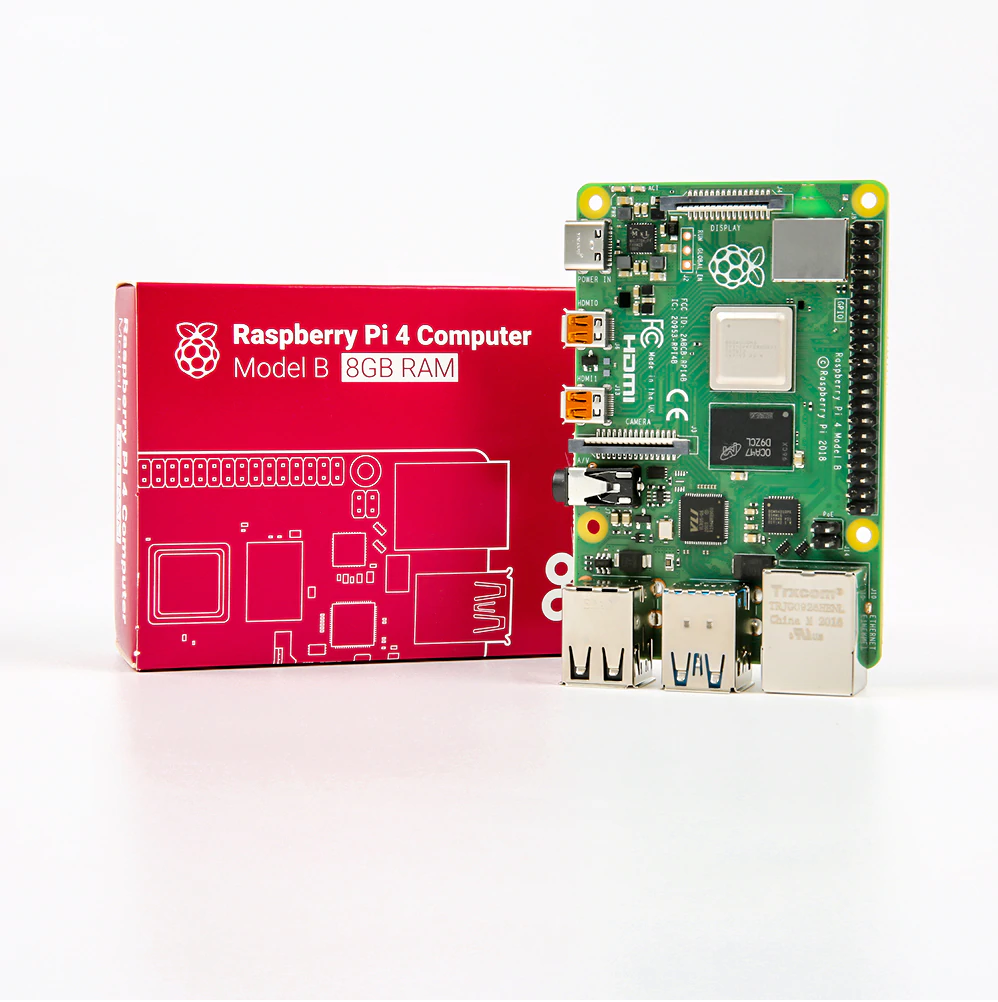
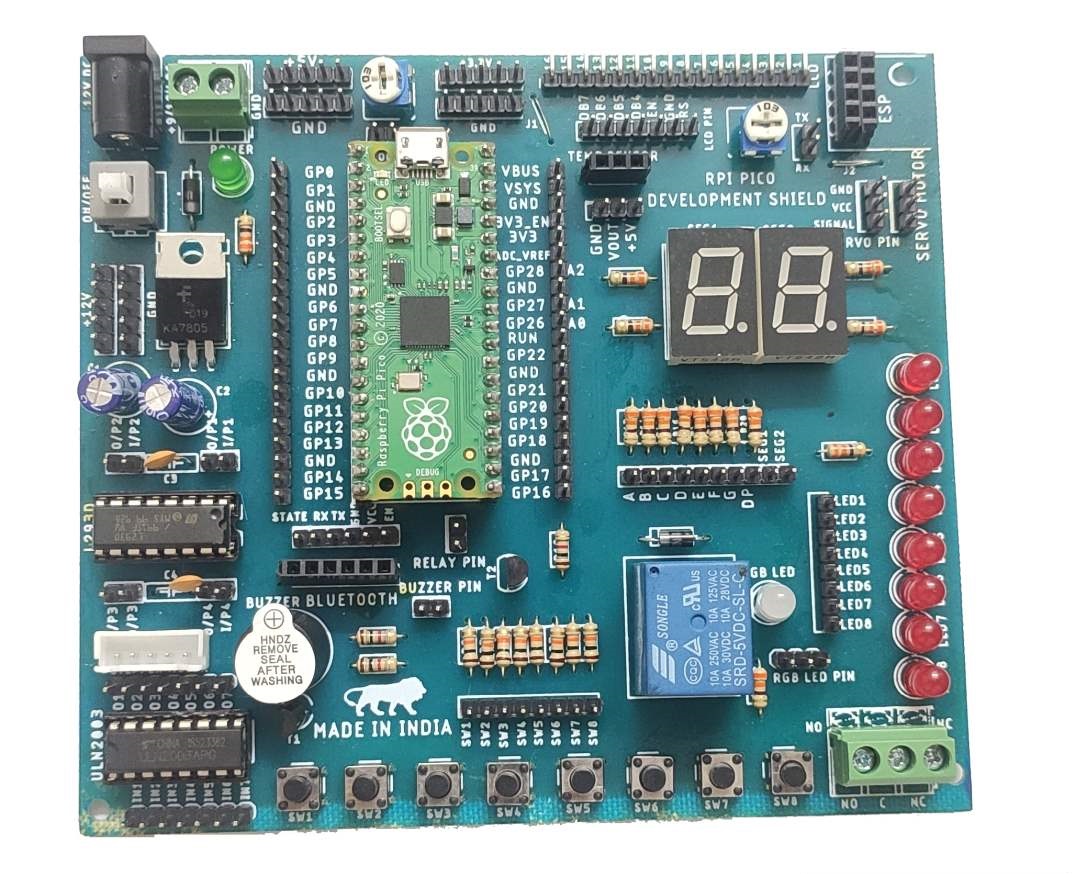
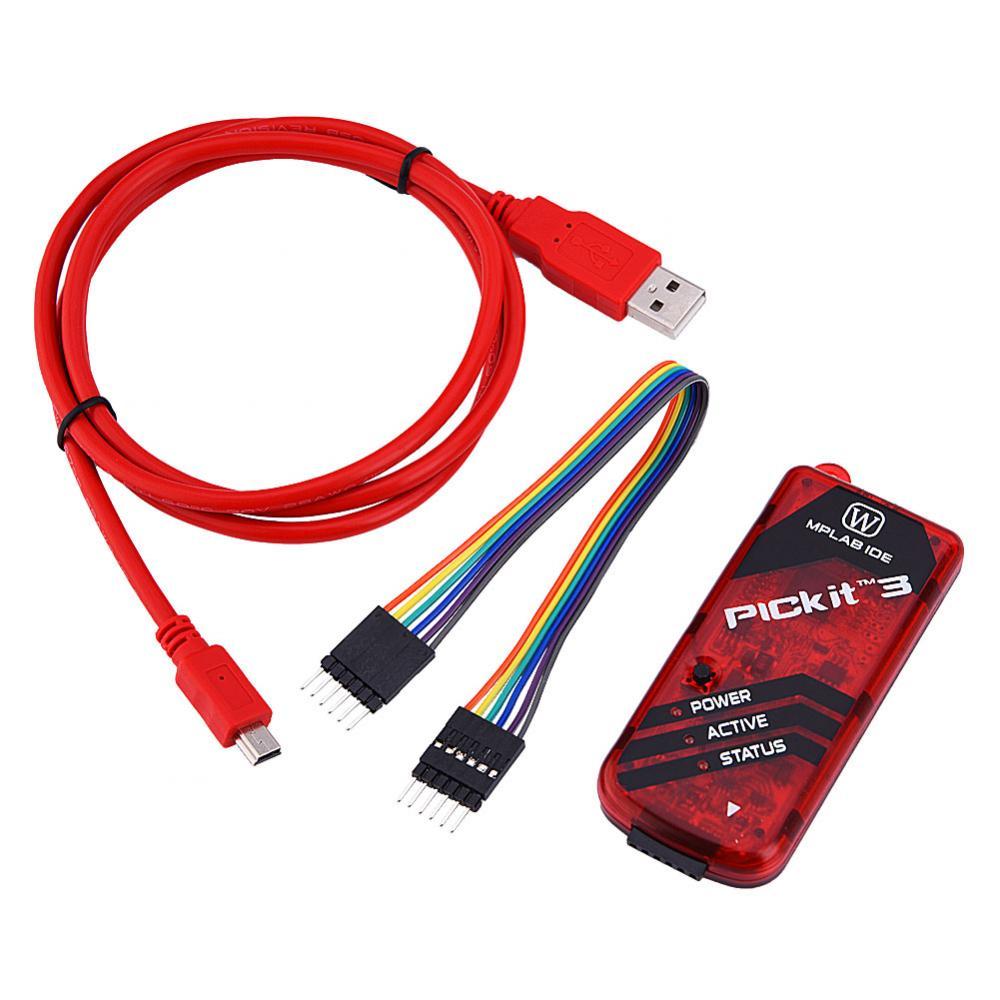


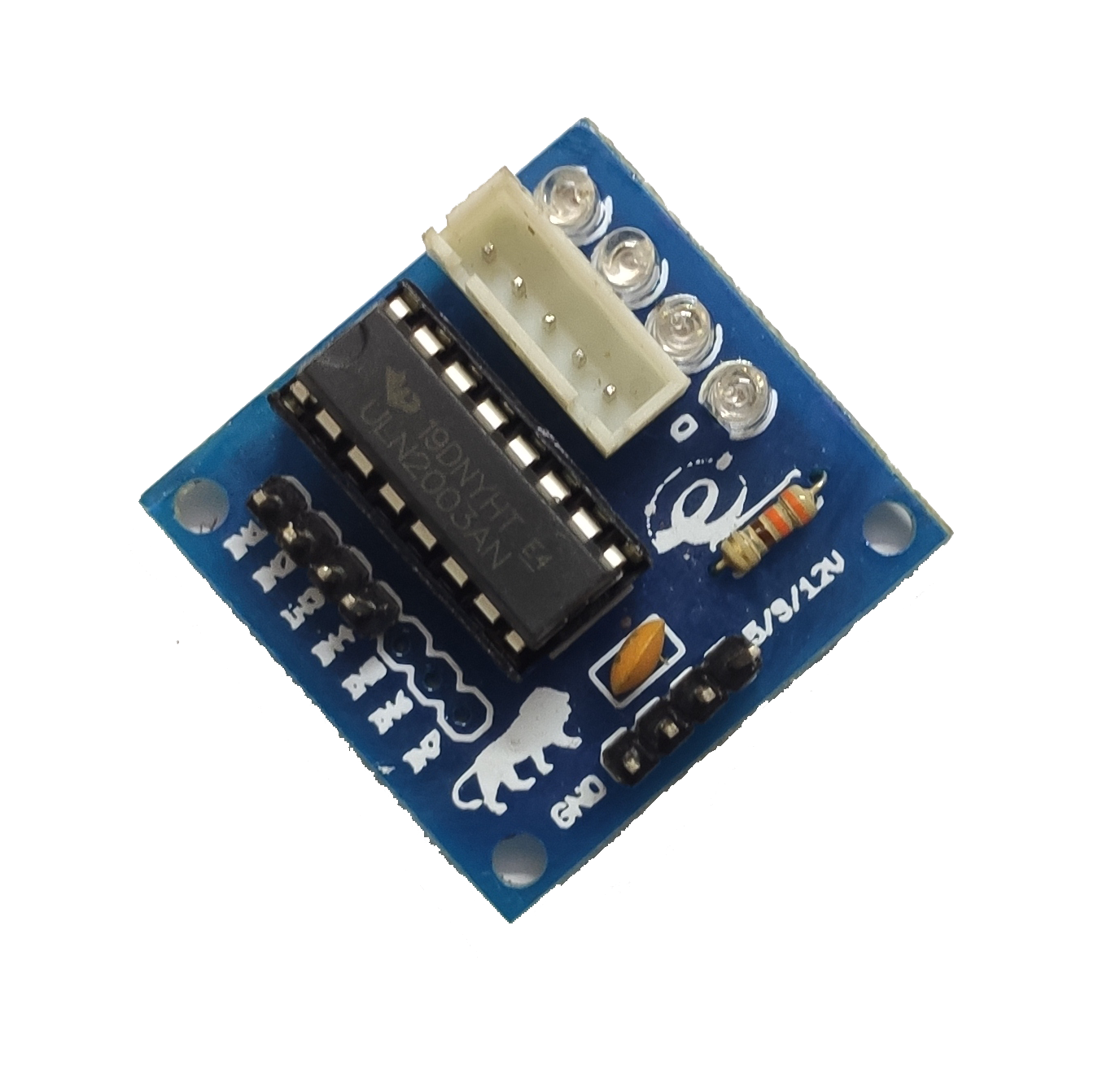
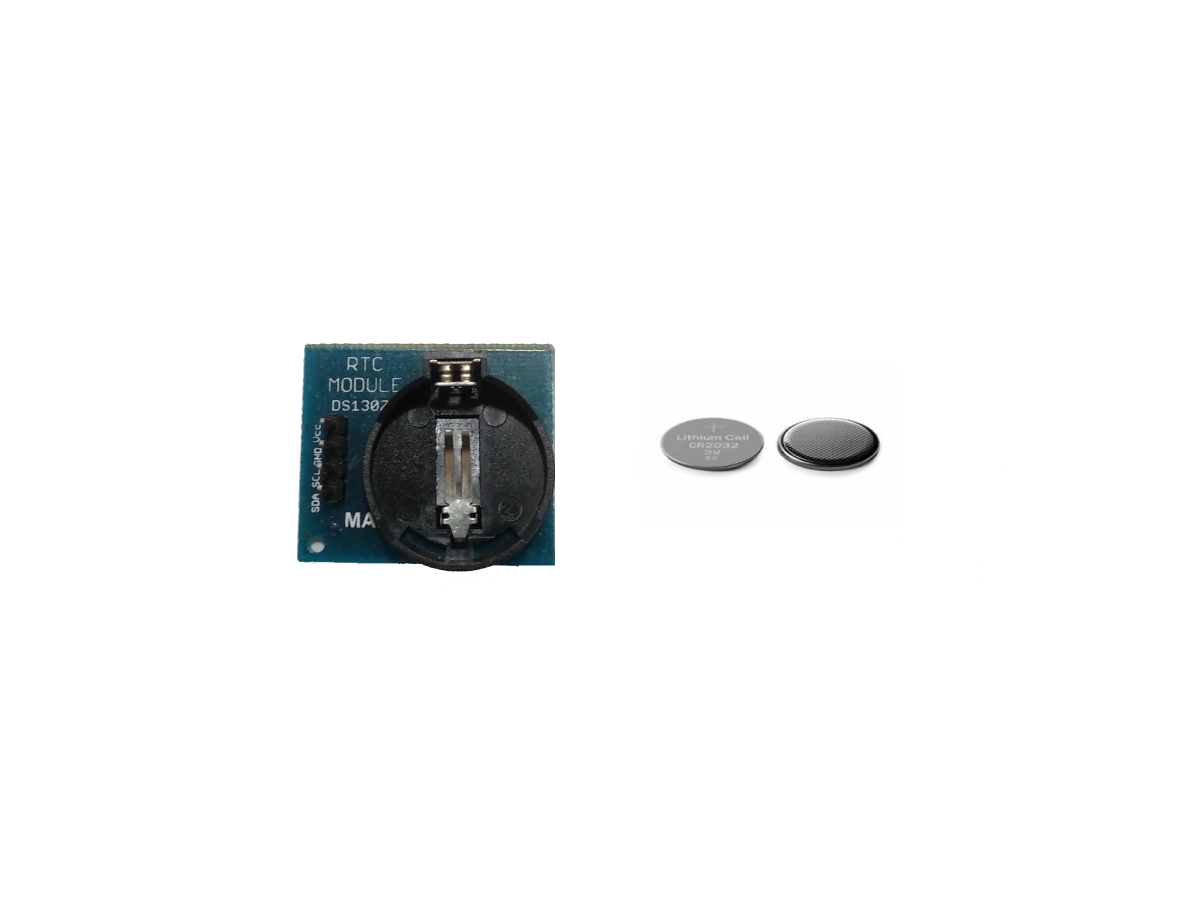
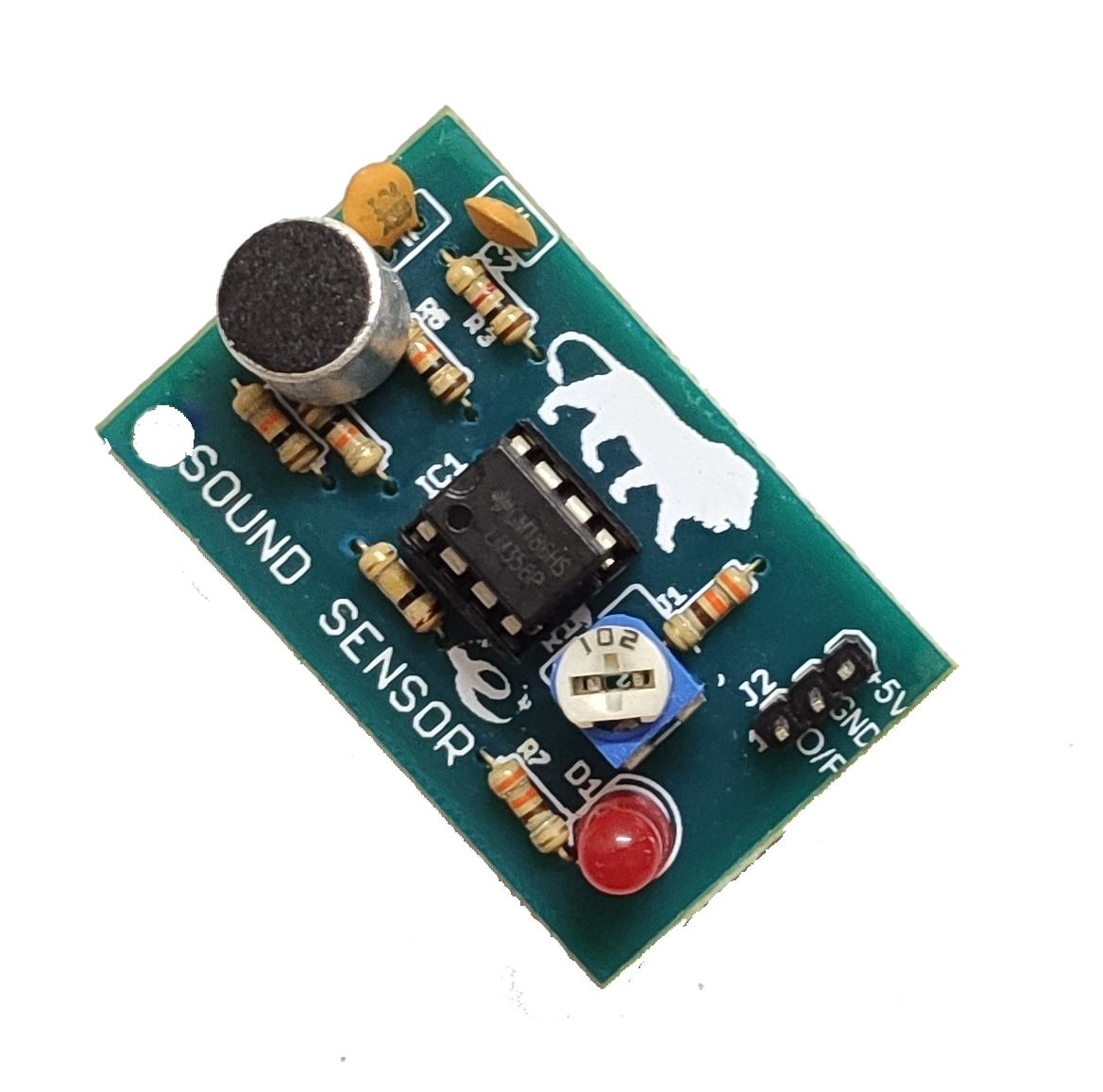
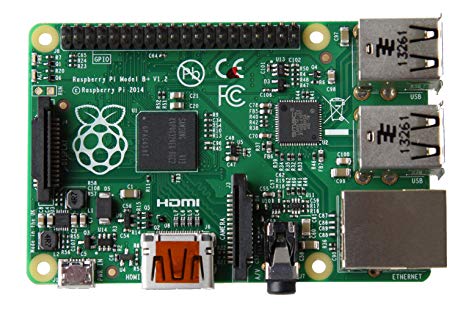
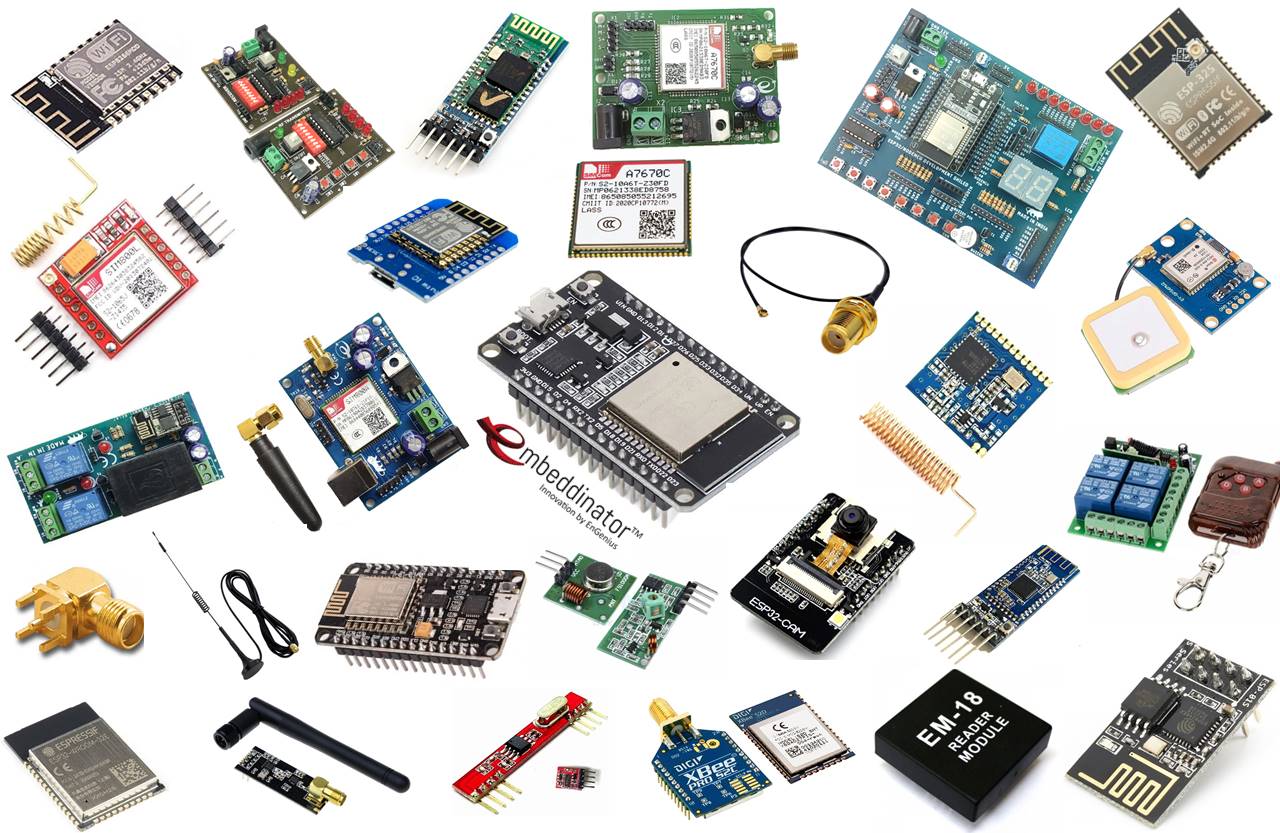
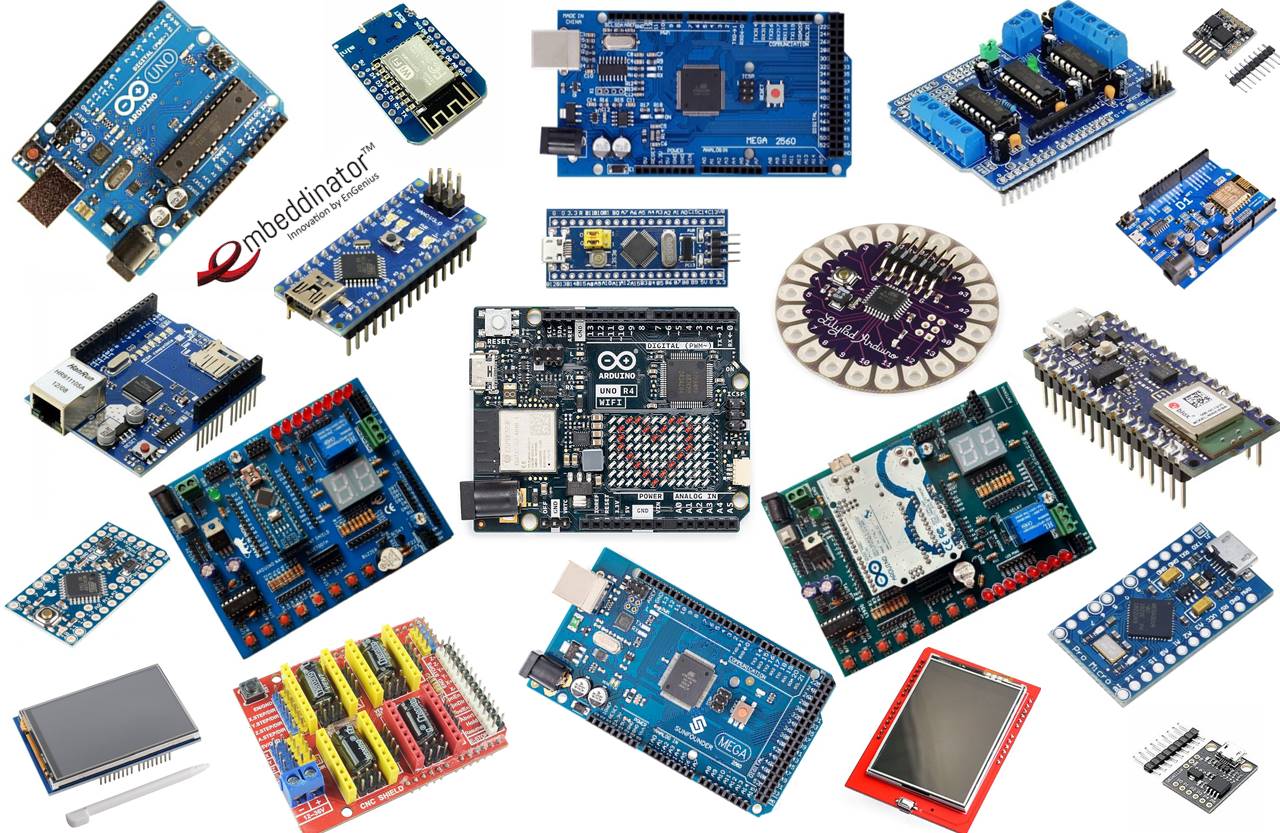
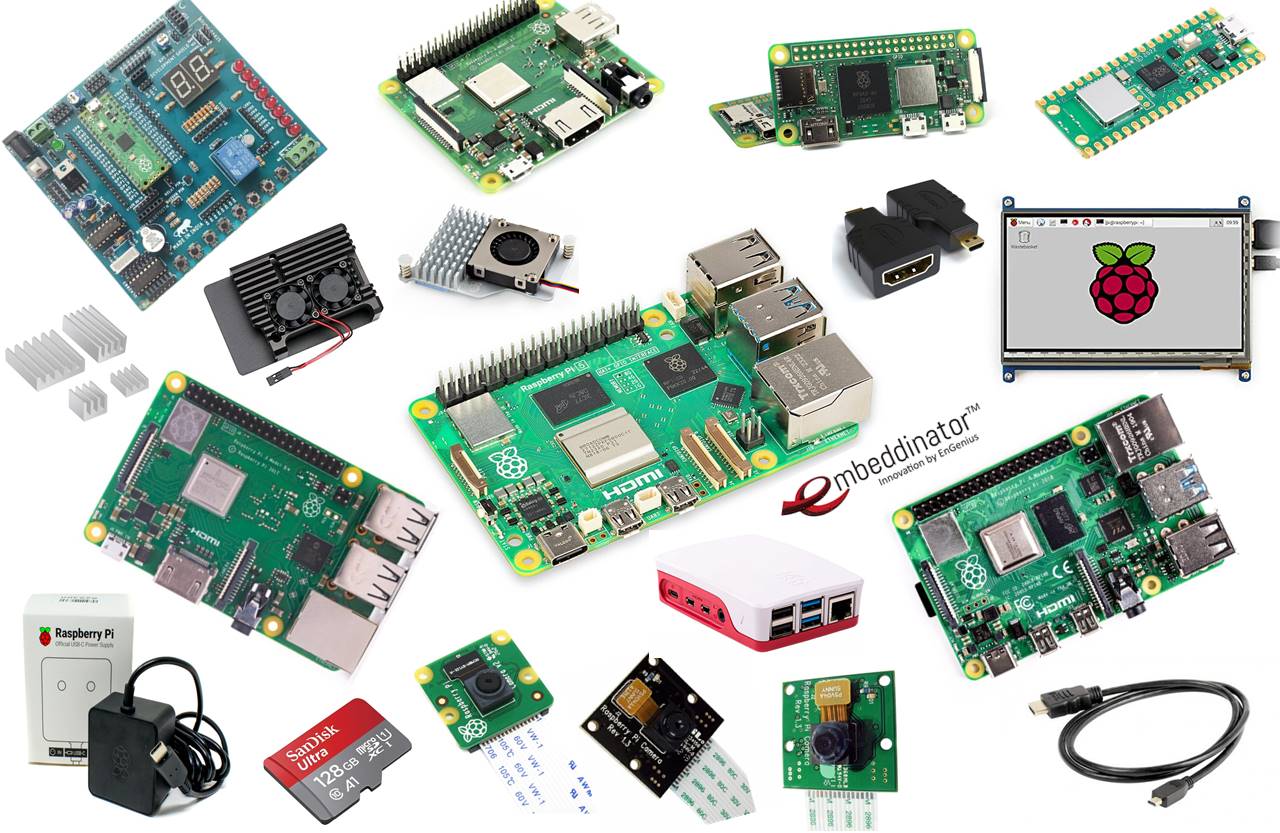
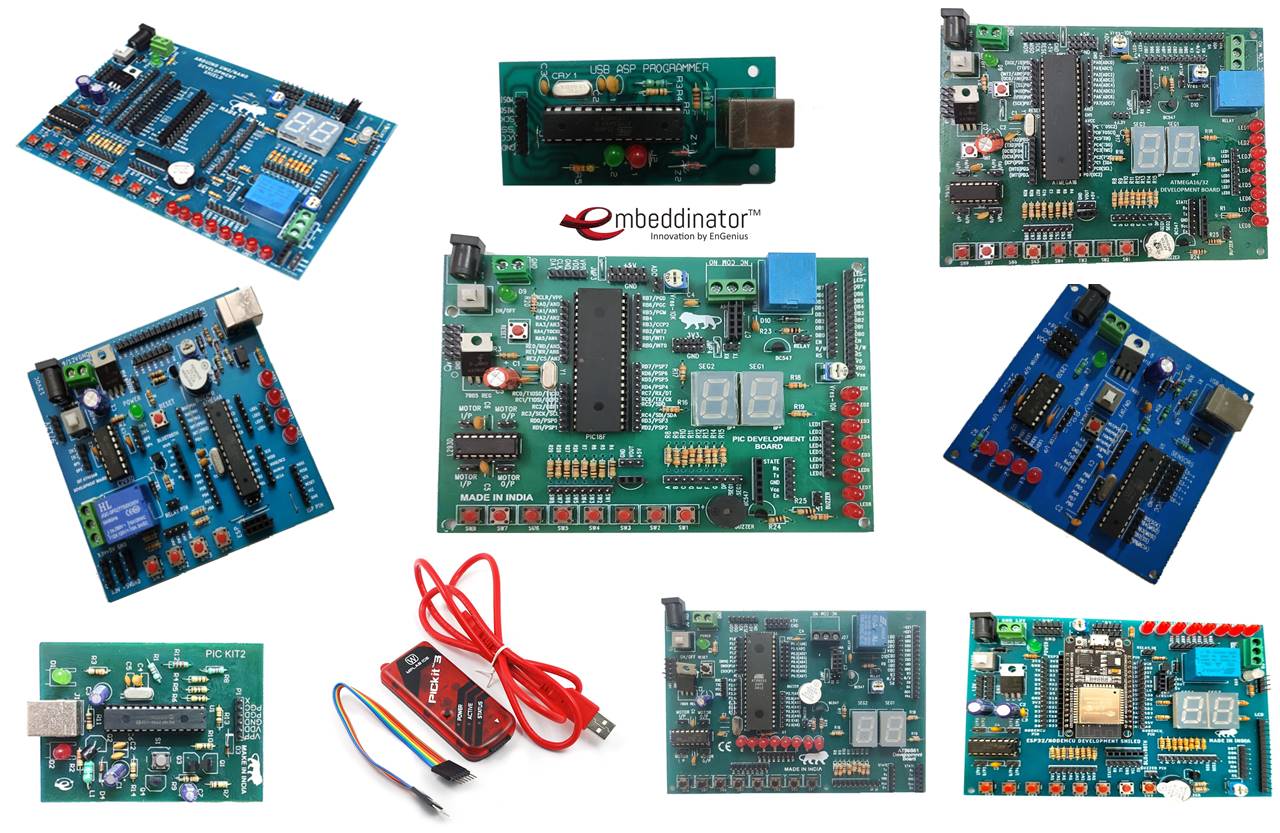




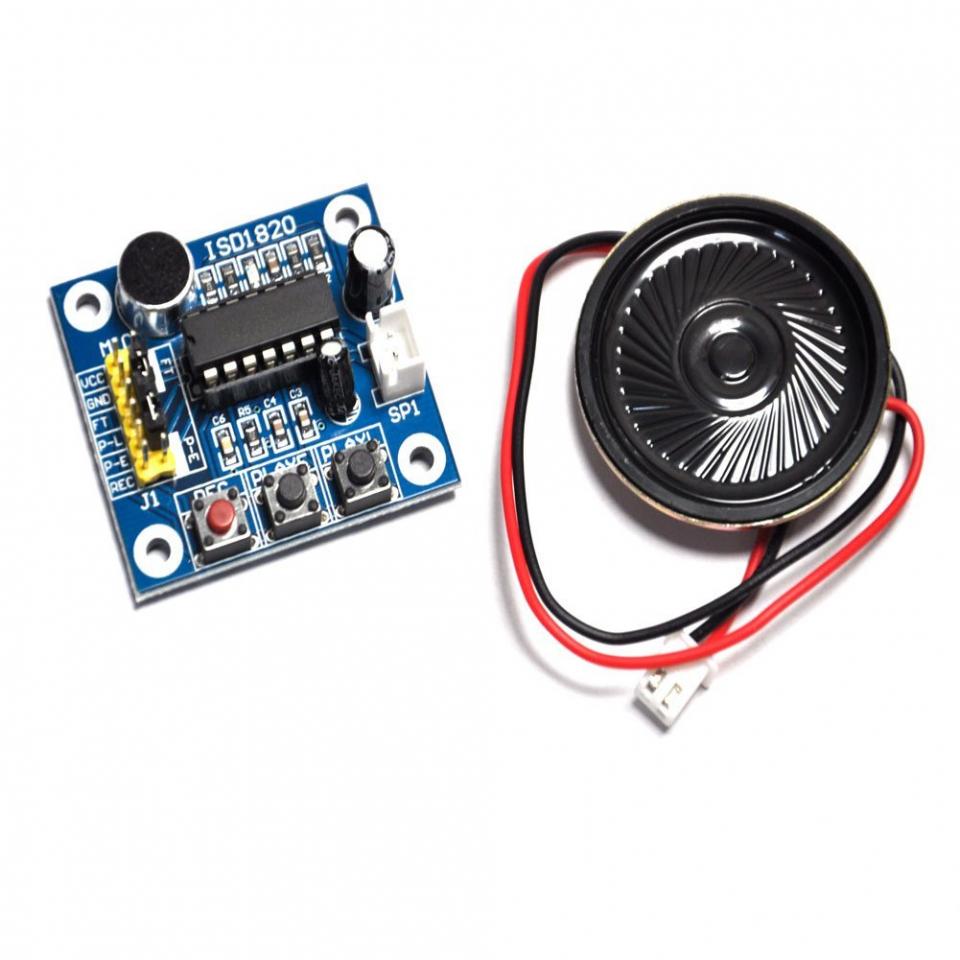
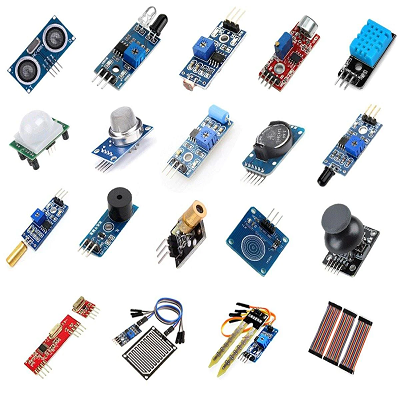
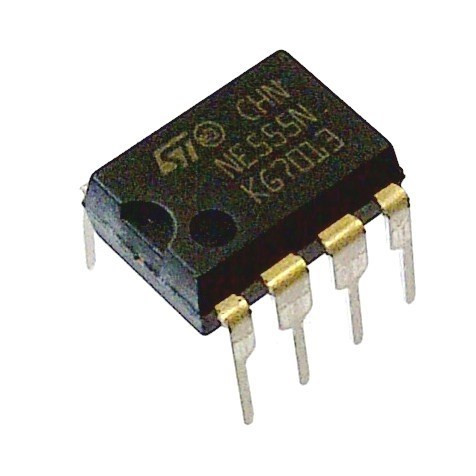
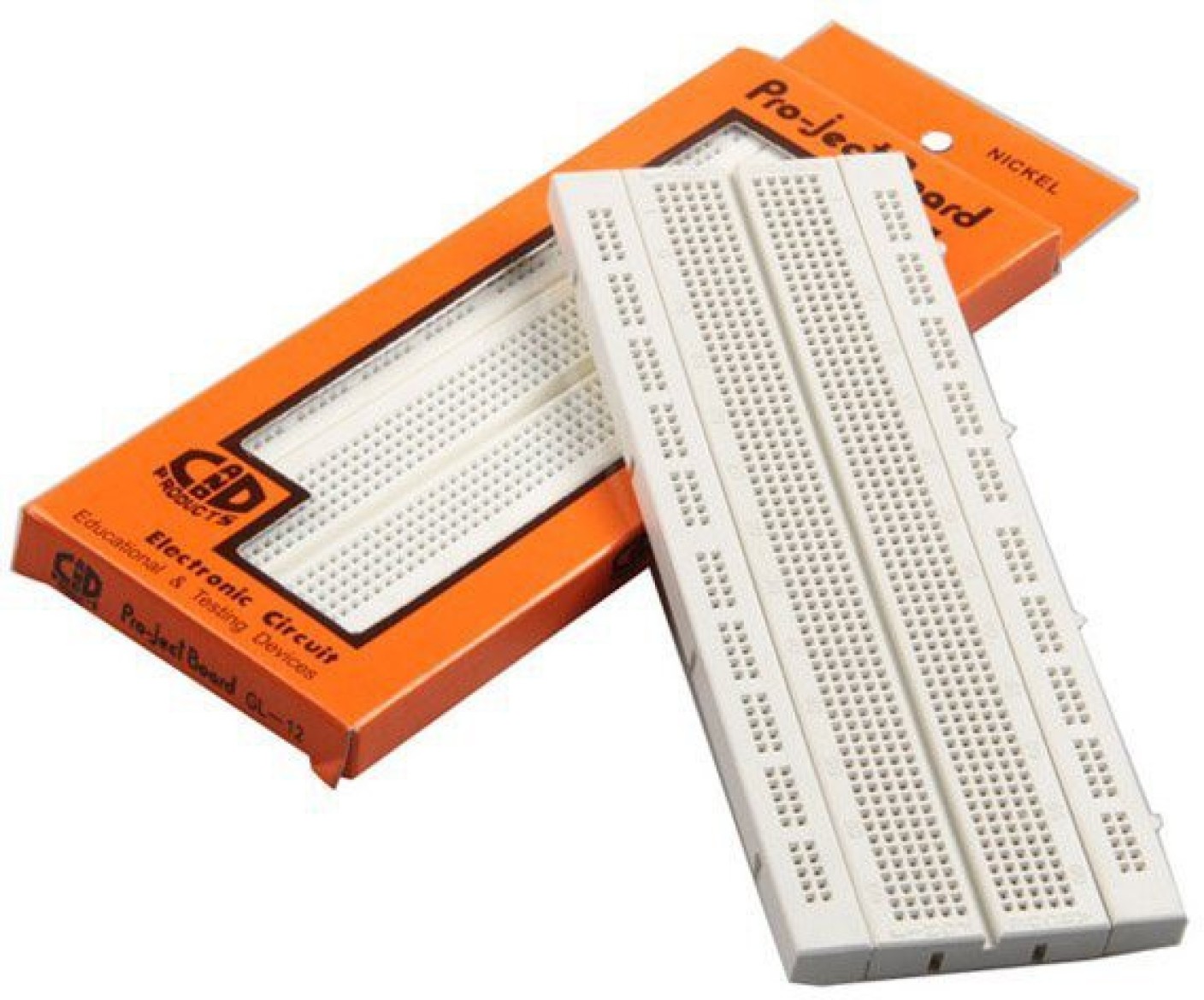
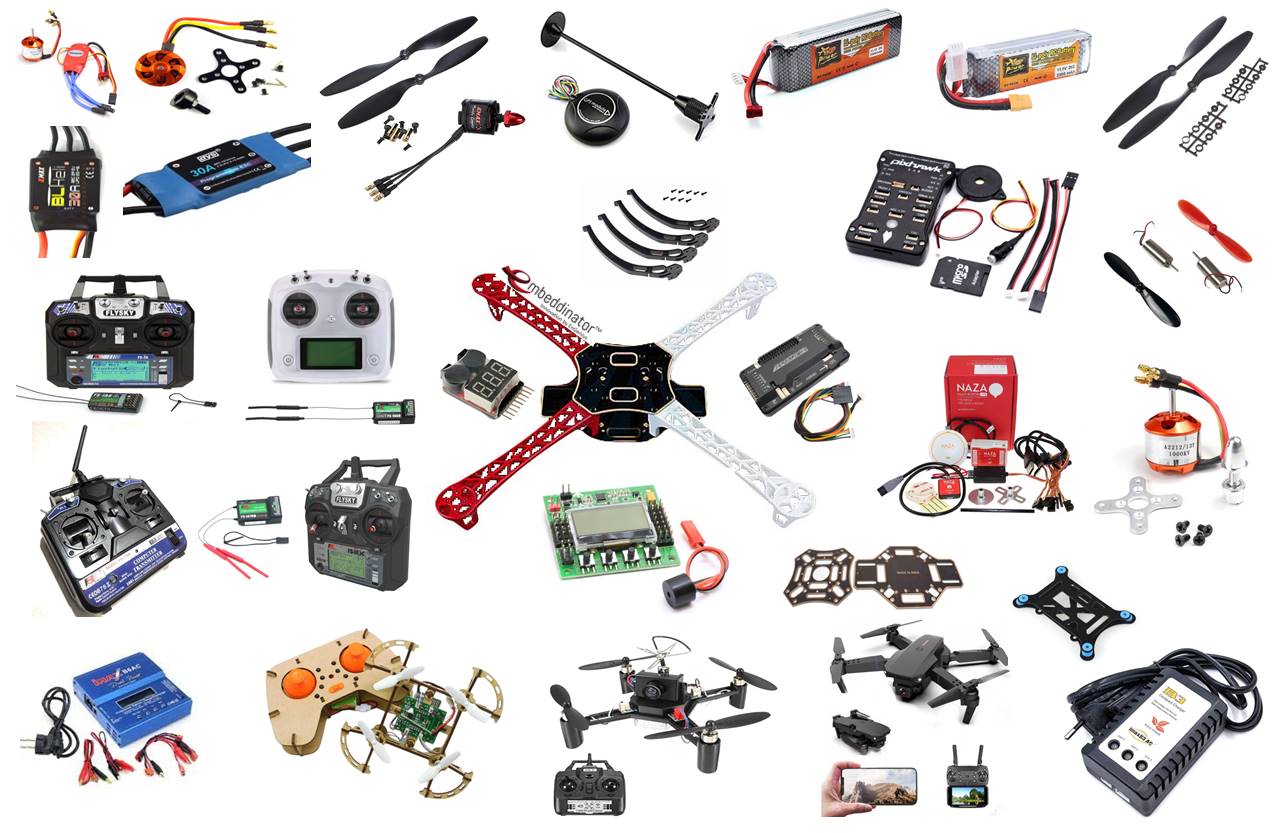



Customer questions & answers
Customer reviews
0 out of 5
Add a review